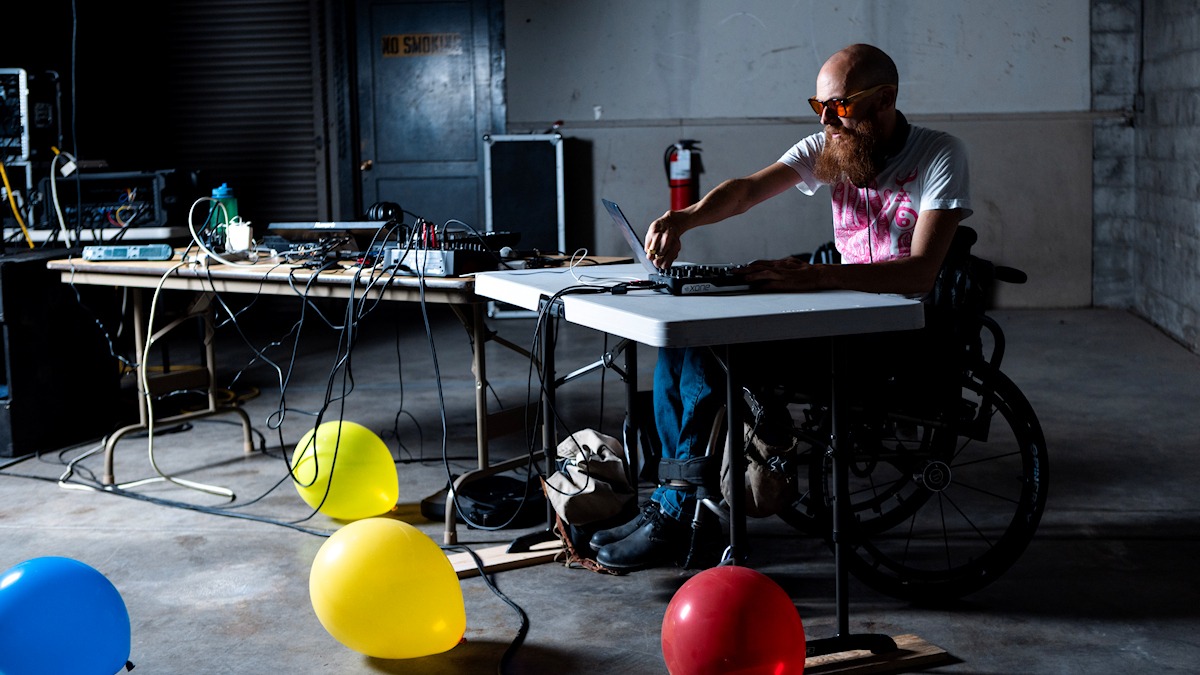by Molly Walsh
Since the Olympia Armory’s construction in the late 1930s, the building has cemented an illustrious legacy, from serving as a facility for the Washington National Guard to hosting regular sporting events and community dances. The Armory is nestled off of the tree-lined Legion Way just outside Olympia’s downtown corridor, and according to Valerie Roberts, Armory building manager, the building has been a key event venue in Olympia throughout the decades.
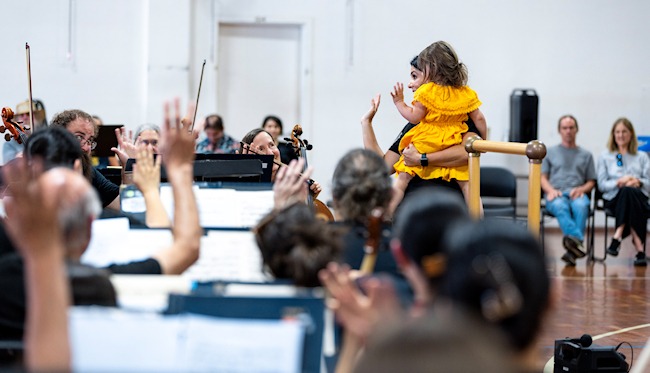
This includes the building’s Drill Hall that measures in at 10,000 square feet. At the Armory, the National Guard would host community dances that were open to both service members and community members. Eventually, organizations like the Dance Club of Olympia would take over as host to the community dances, and the nearby Saint Michael Catholic Church would host a Harvest Festival each year, decking out the Drill Hall for the occasion.
The Armory’s spacious size also allowed for a wide range of sporting events to take place, including weekly boxing and wrestling matches on Friday nights. The Drill Hall has also been used as a basketball court, including by Saint Martin’s University during the 1950s.
For more than three decades, a wide swath of Olympia residents has expressed interest in the creation of a community art center, with this demand recorded in nine separate City of Olympia planning documents since the late 1980s. And multiple local stakeholders, including the Eastside Neighborhood Association, City of Olympia staff, and State of Washington officials, saw potential for the Armory building as a community creative campus. In 2021, the state gifted the Armory building to the City of Olympia, with the condition that the building be turned into a community art center for at least a ten-year period.
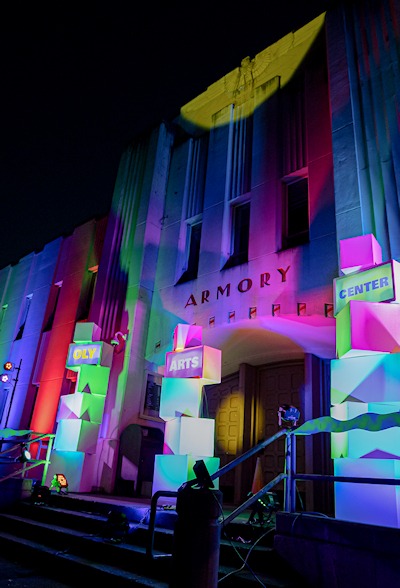
According to Roberts, the Armory received designation on the Olympia Heritage register in 2021 through research and advocacy from dedicated community members. And in 2022, the city committed to help get the building added to the National Register of Historic Places, collaborating with Washington’s Department of Archeology and Historic Preservation. The Armory was added to the National Register of Historic Places this year.
The Armory qualified across multiple criteria, including its significant military history and acting as a base for coastal artillery units during WWII, and in later days, housed the 2nd Battalion, 146th Field Artillery Regiment of the 81st Infantry Stryker Brigade. Constructed in 1938, the building also presents a distinctive Art Moderne style and was designed by esteemed local architect Joseph Wohleb.
After taking possession of the Armory, the City of Olympia started to invite extensive community input. In late 2022, the Olympia City Council adopted the Olympia Armory Creative Campus Concept Plan, a comprehensive outline that incorporates feedback from community members and contract;.ors. The concept plan showcases the mission and vision for the Creative Campus, in addition to potential resources and spaces that residents would like to see from a city-owned creative space. The plan also outlines an operating structure for the Creative Campus, including the use of nonprofit Anchor Partners.
This space will house eight nonprofit anchor partners who are set to hold long-term leases and programming inside the Armory Creative Campus. They will carry out their regular programming in addition to special events and workshops, with community access in mind.
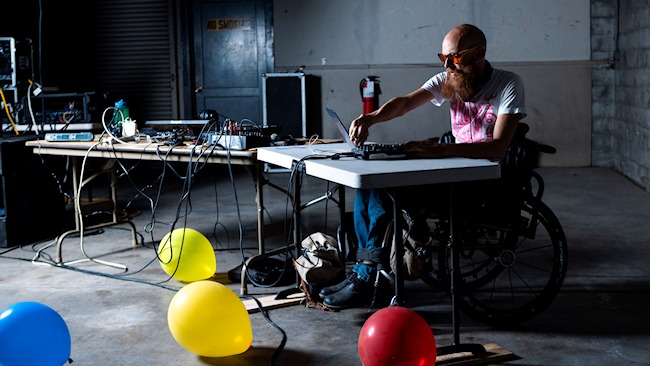
The nonprofit anchor partners are The Bridge Music Project, Kokua Services/Hummingbird Studio, TC Media, Olympia Film Collective, Capital City Pride, Olympia Lamplighters, the PARC Foundation and Community Print. During the application process, selection criteria included organizations connected with a wide swath of the community that offer distinctive programming, are capable of being collaborative, and whose mission aligns with the vision of the Armory Creative Campus as outlined in the concept plan.
The Concept Plan also identified necessary renovations and upgrades and outlined multiple phases of construction, with the most critical health and safety upgrades being identified in phase one, including necessary upgrades to accessibility, fire suppression, restrooms, seismic retrofitting, the electrical system, and other projects that will help ensure the building meets current code.
The building is currently closed to the public until the necessary upgrades are made. Construction is set to begin around October, with an estimated re-opening date in 2027.
There will be multiple sources of funding for phase one construction, including a $1.5 million grant from the Washington State Historical Society and a $1.5 million grant from the Washington State Department of Commerce for installation of solar power and battery storage.
The Olympia City Council also approved 30-year bond funding for phase one of the construction, which will be repaid with funds set aside for the procurement and development of new city Park, Art and Recreation spaces, and revenue from the voter-approved Olympia Metropolitan Parks District junior taxing district.
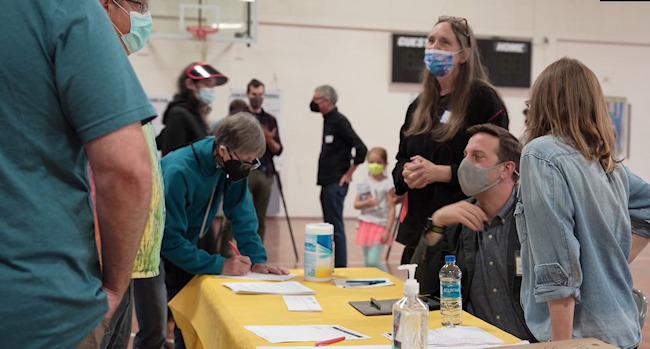
According to Roberts, the building is set to maintain much of its current layout, both because of its historical significance, and because the layout is already conducive to a community art center, with opportunity to house both anchor partners and common spaces that can be rented by community members.
The Armory’s upper level will house several anchor partners, where community members will be able to access regular programming and special events. On the main floor, the 10,000 square foot Drill Hall with surrounding conference rooms, offices and a commercial kitchen will be available for rental. Through the Drill Hall and other rentable spaces, the Armory will be revisiting its past as a community hub, and according to Roberts, may once again be host to events like art markets, roller derby matches and nonprofit fundraisers.
The Armory’s lower level will also serve as a base for multiple Anchor Partners, with resources available for music production and three-dimensional art. The lower level will also have a community stage area that is slated to be available for a range of events and live performances.

